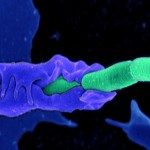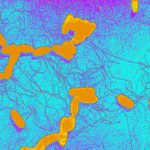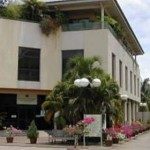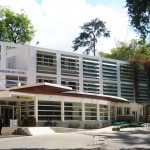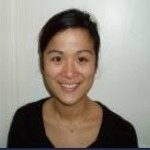Link to Pubmed [PMID] – 41285887
Link to DOI – 10.1038/s41467-025-65352-4
Nat Commun 2025 Nov; 16(1): 10399
Early neonatal infections caused by extended-spectrum-beta-lactamase-producing Enterobacterales (ESBL-PE) are prevalent in low- and middle-income countries, posing significant treatment challenges. This study investigates ESBL-PE colonization in 499 mother-neonate pairs from Madagascar and Cambodia, with stool samples collected at delivery and from neonates during the first three days of life. Using short- and long-read sequencing, identical isolates or plasmids are detected within each pair to assess neonatal acquisition from maternal source. Associated risk factors are identified through multinomial regression. Maternal gut carriage accounts for only 16.5% of neonatal ESBL-PE acquisition, suggesting that most cases originate from other sources. Primiparity and the wet season are associated with an increased risk of acquisition from the mother, while cesarean delivery, neonatal resuscitation, and wet season are associated with acquisition from other sources. These findings challenge the paradigm that maternal carriage is the primary source of early neonatal ESBL-PE colonization, highlighting the need for further research into alternative sources to inform targeted interventions.
